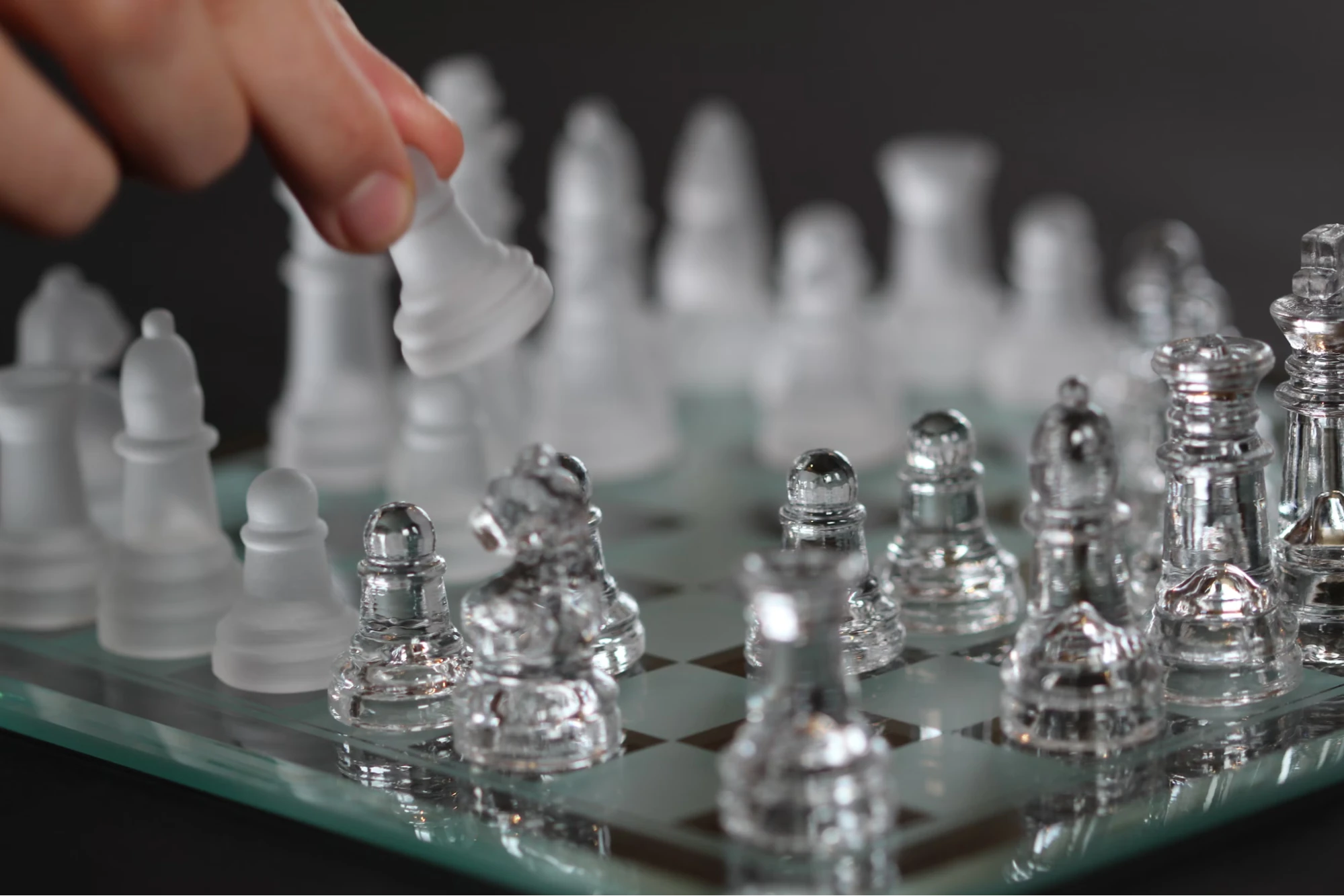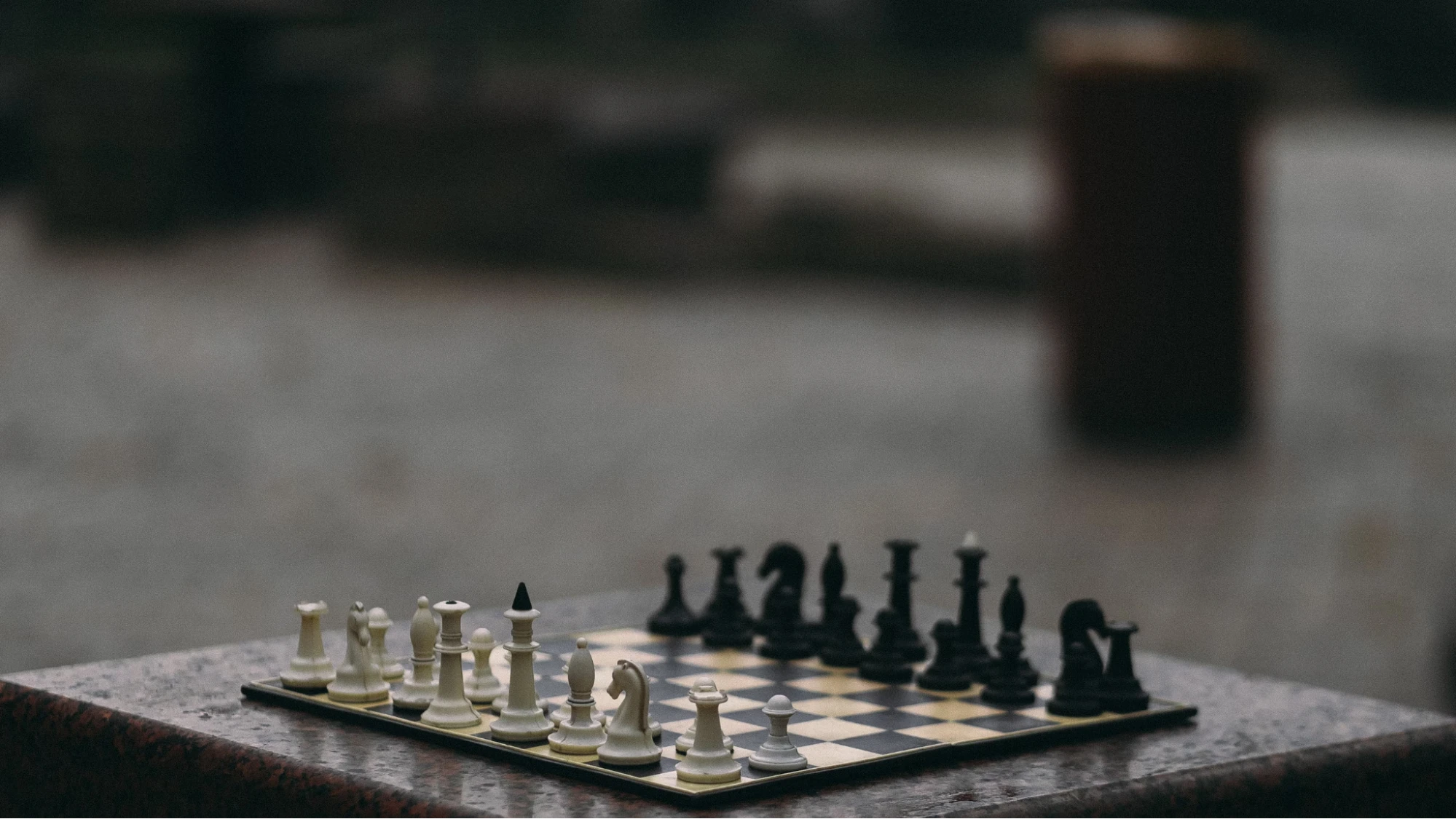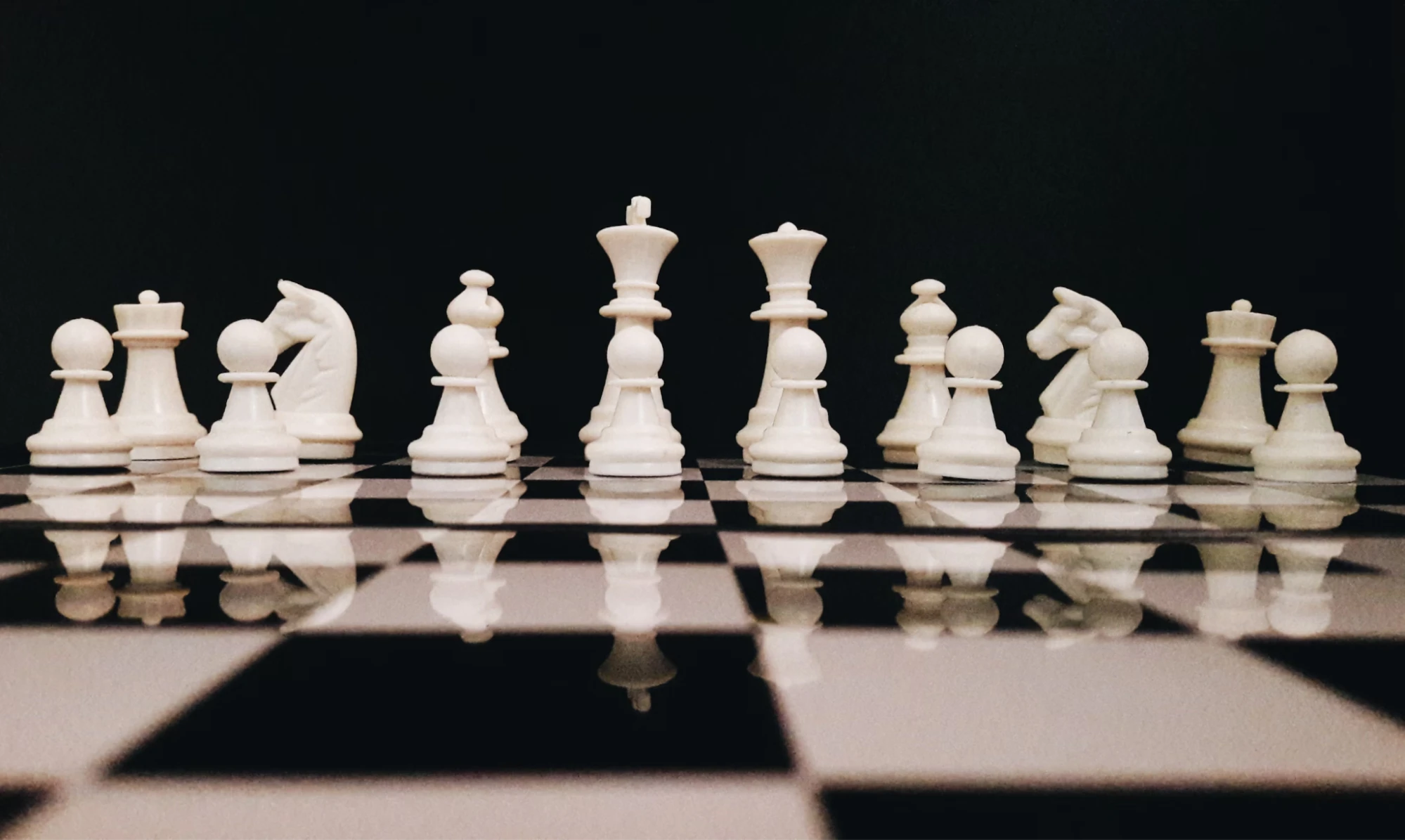How to Set Up a Chess Board: A Beginner's Guide

When you approach a game of chess, you’ve likely got your mind on the best moves, or the strongest defenses. Setting up the board itself might not even cross your mind. In truth, though, your chances at a fair and enjoyable game will be far higher if you take a bit of time to consider your setup first.
Properly setting up a chess board is important whether you’re playing for fun, or are entering some sort of competition. In this article, we’ll consider everything you need to know about how to set up a chess board to ensure you have a great game.
Choosing the Right Chess Board
Before you position your chess pieces ready for gameplay, it’s important to consider whether your board itself is as good as it possibly can be. There are now a wide variety of chess boards to choose from, and they vary in everything from size to materials used, and general design.
But we know what you’re thinking. Doesn’t every chessboard have the same basic 64-square design? Yes, but the similarities can often end there. When choosing a chess board you’ll also come across a variety of differences, such as
- Chess pieces: Some chess sets will include classic Staunton pieces while others include royal chess pieces. These vary subtly in their designs and may be made in materials which include wood, metal, plastic, and even glass.
- Board materials: Chess boards are also now available in a variety of materials. These could include wood, as seen in most chess tournaments, board for at-home use, or even magnetic boards for travel.
- Board size: A standard chess board measures 20 inches by 20 inches, providing ample space for all your pieces, and strategic gameplay. However, boards are now available in a range of sizes, including travel sizes and tournament standard sizes of between 20 inches to 23.625 inches.
- Board style: It’s now possible to buy everything from classic chess boards to themed options or boards designed for children. You can also now download chess board layouts onto a tablet, or play online where pieces are automatically placed for you.
There are various ways to choose the right board for your specific style of play. For instance, if you often like to play chess for fun when you’re on the move, a travel set or an online game may be best. Alternatively, if you wish to play at a more professional level, then a full-sized wooden chess set would be better for a decent setup.

Layout of Chess Pieces
Technically speaking, chess gameplay won’t vary that much if your pieces are in a completely different order to game standards. Still, laying out your chess pieces in the right order is important. This is because playing with your pieces placed correctly creates play consistency, which can help you improve your technique whether you’re playing for fun or hope to compete one day. The correct positioning can also help you to better understand board mechanics, and competitor tactics.
There are 32 pieces in a chess set, and each player should have 16 pieces, including
- 8 pawns
- 2 rooks
- 2 bishops
- 2 knights
- 1 king
- 1 queen
Before setting up your board, gather these pieces and separate them into white and black, which you should place at different ends of the board. You should then follow certain steps to set up your board properly, which are
1. Prepare Your Chess Board
Before you position your pieces, it’s important to prepare your chess board and get it into position. Firstly, you’ll want to clean your chess board and place it on a flat surface to ensure comfortable, sturdy gameplay.
It’s vital that you also take this opportunity to position your chess board correctly. Orienting the board is the only way to ensure you’re placing your pieces correctly, and requires you to remember that the light chess squares should always be in the bottom-right corner for each player.
2. Position Your Pieces
Positioning your pieces correctly is vital for ensuring that you’re starting in the same position as your opponent. While piece position may seem daunting to begin with, there are some relatively simple rules to remember, which include
- Pawns on the second rank: Position 8 pawns (the small chess piece, which has a rounded top) of the same color on the second row of each player’s end of the board.
- Rooks in the furthest corners: Rooks, also known as castles, have an easily noticeable castle shape. Each player should have two rooks of the same color, which should go in position on the four corners of the board. The rooks will be in square positions a1 and h1, and a8 and h8.
- Knights next to the rooks: Each player should also have two knights, which are the pieces with a horse shape. These knights will go next to each player’s rooks, in square positions b1 and g1, and b8 and g8.
- Bishops next to the knights: The bishop is the chess piece which has an elongated rounded top with a slit through it. Each player will have two bishops of the same color, which you should place next to the knights in square positions c1 and f1, and c8 and f8.
- Queen on her color: The queen, which is the second tallest chess piece and is easy to identify from its crown, should go in whichever of the remaining spaces matches its color. This is easy to remember – white square (d1), white queen. Black square (d8), black queen.
- King in the last space: The king is the tallest chess piece, and goes in the final space on the back row, next to the queen. For the white player, this will be square e1. For the black player, the king will be in square e8.

Positioning the King and Queen
As we’ve already discussed, the king and queen are the two largest chess pieces. They’re also the last pieces you’ll position on your board, in squares d1 and e1, or d8 and e8 depending on your play color. The position of these pieces is particularly important, as these are the two most important pieces on the board.
During a game of chess, your queen can move easily across any number of unoccupied squares in any direction. She can also easily capture enemy pieces by combining the powers of both rook and pawn.
The king can also move in any direction that doesn’t land him in check or result in landing on a square already occupied by a piece of the same color. During gameplay, it’s important to protect your king while attacking your opponent’s king.
The positioning of these two pieces at the back of the board is important for reasons that include
- Protection: Positioning your king and queen correctly ensures protection that comes from less important or valuable pieces, like your pawns.
- Equality: Both players ultimately want to protect both their king and queen, so starting with these pieces in the same position ensures fair and equal play.
- Strategy: Chess strategies involve moving your pieces in a certain formation in the hopes of producing a particular result. These strategies are developed in mind of the correct positioning of all pieces, particularly the king and queen.
Final Checks Before Starting
A game of chess can take up to five hours. You don’t want to play for an hour or two only to realize that the positioning isn’t the same on both sides or that you’ve placed a piece wrong somewhere. This can result in a significant disadvantage for one player, and gameplay won’t be half as enjoyable, or fair, because of this mistake.
Even if you think you know how to set up a board well, it’s always worth carrying out a few last-minute checks before you sit down to start playing. The most notable checks you’ll want to carry out for each game include
- Board positioning: As mentioned, you should position your board so that the light white square is in the player’s bottom-right corner. Failure to check this could result in the king and queen being the wrong way around, which would make it impossible to successfully complete a strategic play you’ve previously practiced.
- Your pieces: It’s always worth double-checking the positioning of your pieces before you start playing. Most importantly, you’ll want to check that all of your pieces are in the right squares. It’s also important to make sure you’re not getting confused between pieces, especially the rook (a castle shape), knight (a horse), and bishop (the piece with a rounded top), as players have two of each. It’s also important not to confuse the queen (the second tallest piece with a crown) and the king (the tallest piece).
- Starting moves: Starting moves can impact gameplay almost as much as piece positioning, especially if you’re playing a strategic defense. Make sure that the white player always opens the play, as this is a standard chess rule.
Conclusion
Setting up a chess board properly can significantly help to improve your gameplay whether you’re playing for fun, or are planning to compete. Playing the same order throughout your chess journey ensures that you’re able to understand the function of your pieces, consistently improve your chess abilities, and enjoy reliable gameplay whether you’re playing on the move, in a competition, or online.
Seasonal Chess Games
More Games
Chess News
Disclaimer
DISCLAIMER: The games on this website are using PLAY (fake) money. No payouts will be awarded, there are no "winnings", as all games represented by 247 Games LLC are free to play. Play strictly for fun.

































